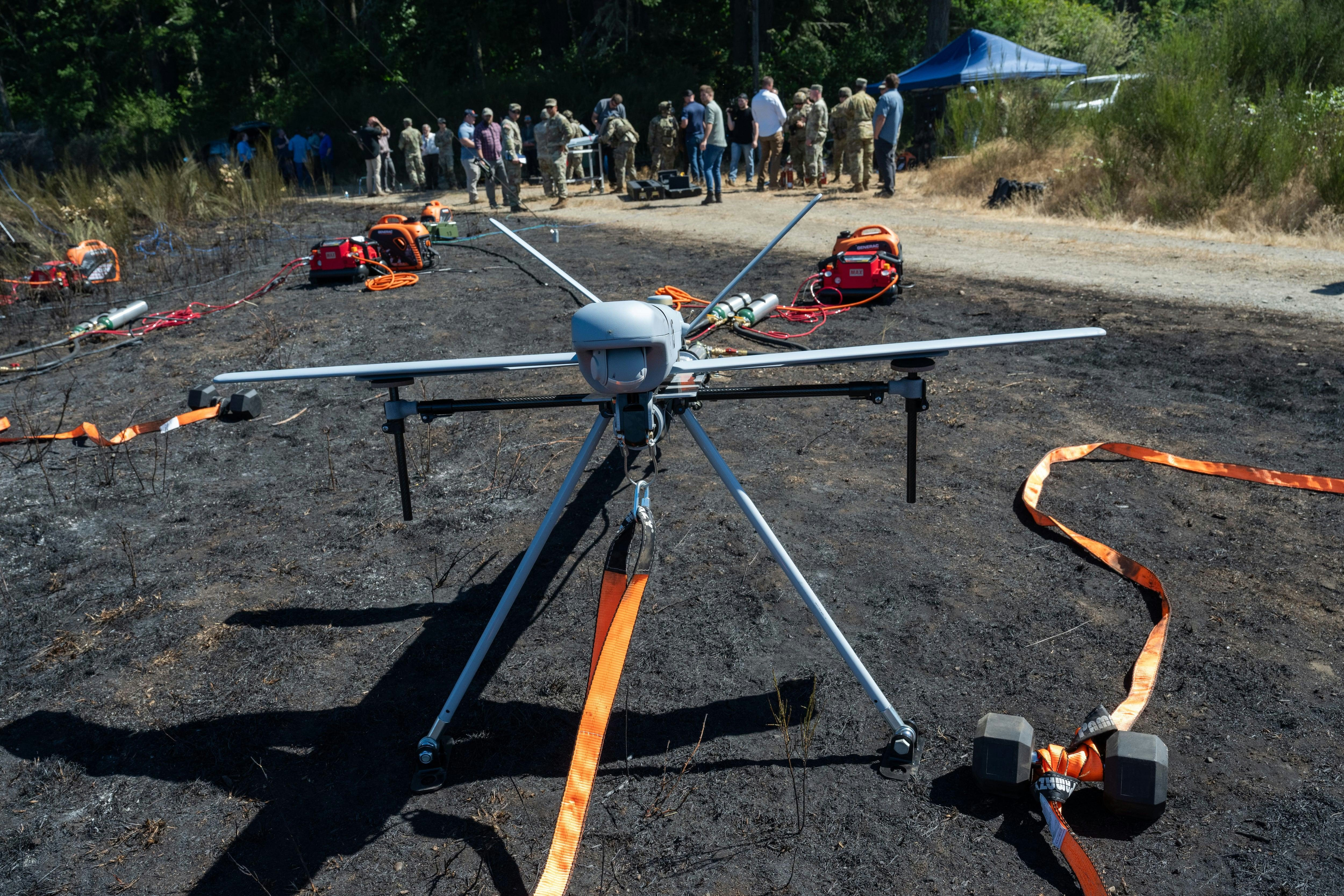
AeroGenie — Your Intelligent Copilot.
Trending
Categories
Arlanda Introduces Europe’s First Curved Landing Routes
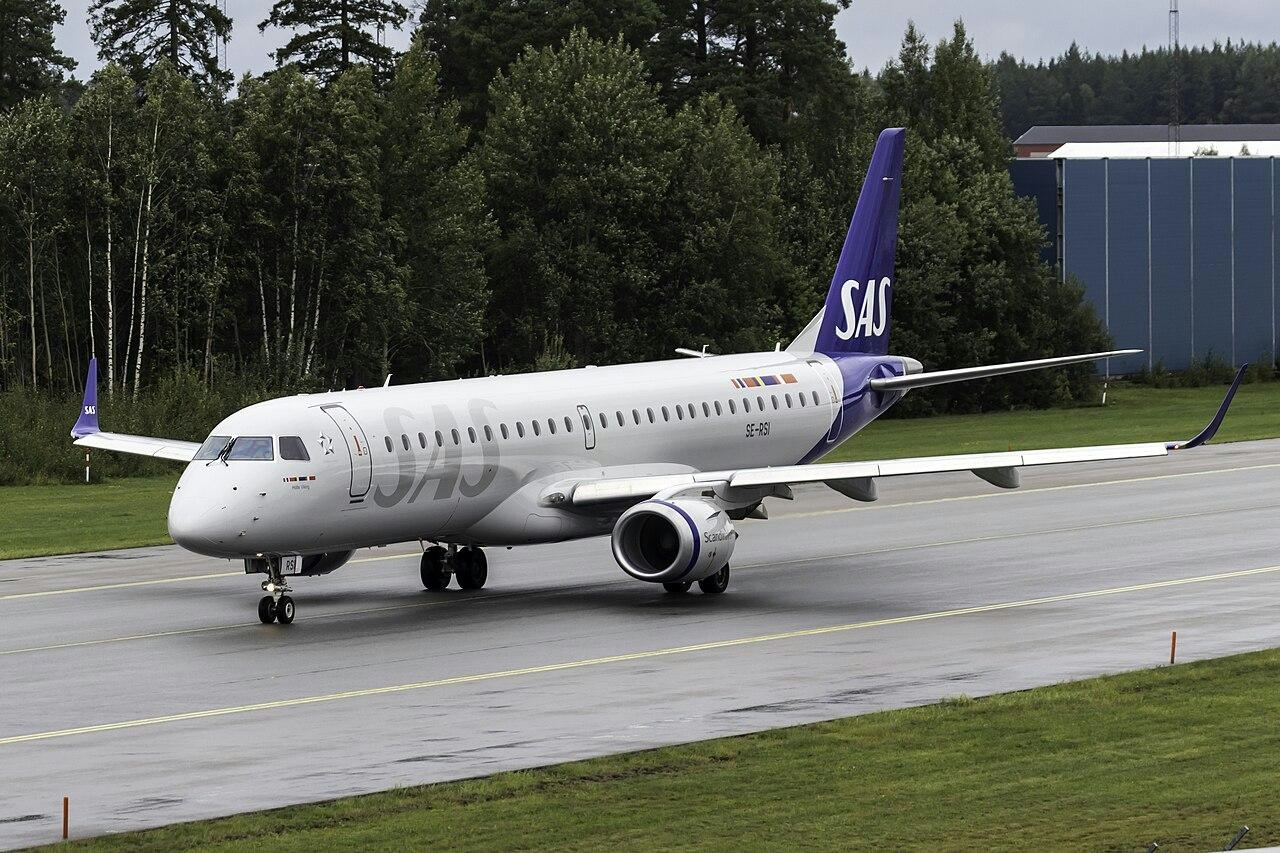
Arlanda Introduces Europe’s First Curved Landing Routes
Stockholm Arlanda Airport has become the first airport in Europe to implement curved landing routes, a development that marks a significant advancement in aviation efficiency and environmental sustainability. The new system, known as Established on RNP (EoR), is a collaborative effort between Swedavia and Luftfartsverket (LFV). It enables aircraft to perform curved approaches more frequently, thereby reducing flight times, fuel consumption, and emissions.
Enhancing Efficiency and Reducing Emissions
The EoR system allows for an increased number of landings per hour by facilitating shorter, curved approaches that alleviate congestion and minimize the time aircraft spend waiting to land. This improvement benefits not only flights utilizing the new procedures but also those following traditional landing methods, as the overall reduction in traffic leads to faster landings and lower emissions across the board.
Operational and Regulatory Challenges
Despite its advantages, the introduction of curved approaches presents several challenges. Only airlines with special authorization from their respective National Supervisory Authorities are permitted to use the new routes. The technology demands advanced, certified aircraft and pilots who have undergone specialized training, potentially increasing operational complexity for airlines. Adjustments in scheduling and fleet management may be necessary to accommodate these new procedures. Additionally, regulatory bodies continue to work on ensuring safety and compliance with evolving standards, which remains a critical aspect of the rollout.
Industry Response and Future Implications
Industry leaders have expressed optimism about the environmental benefits of the initiative. Anna Granberg, Director of Operations at LFV, highlighted the role of modernized airspace management in reducing aviation’s environmental footprint, noting that arrivals at Arlanda during peak hours become more efficient with shorter flight paths and decreased emissions.
Airlines have also voiced strong support. Charlotte Holmbergh, Norwegian’s Country Director Corporate Affairs, praised the initiative for its potential to reduce fuel use and emissions, aligning with the airline’s goal of cutting emissions by 30% by 2030. Similarly, Alexandra Lindgren Kaoukji, Head of External Communication & PR at SAS, welcomed the development as a meaningful step toward lowering fuel consumption, noise, and emissions, describing it as a significant leap toward more sustainable airspace around Arlanda.
The adoption of curved landing routes at Arlanda is likely to encourage other European airports to explore similar technologies in order to remain competitive in the pursuit of greener aviation. This innovation is expected to motivate airlines to invest in quieter and cleaner flight paths, benefiting both the environment and communities situated beneath flight corridors.
Curved approach technology represents a pivotal evolution in European airspace management, striking a balance between operational efficiency and the urgent need to mitigate aviation’s environmental impact. As more airports and airlines consider adopting such innovations, Arlanda’s pioneering role may help shape the future of sustainable air travel across the continent.

United Airlines Flight Returns to Dulles After Engine Failure on Takeoff

United Airlines flight makes emergency landing at Dulles after engine failure

The Impact of the New Air Force One’s Delayed 2028 Arrival on Aviation and Travel

United Airlines Restarts Controversial AI Scheduling for Flight Attendants
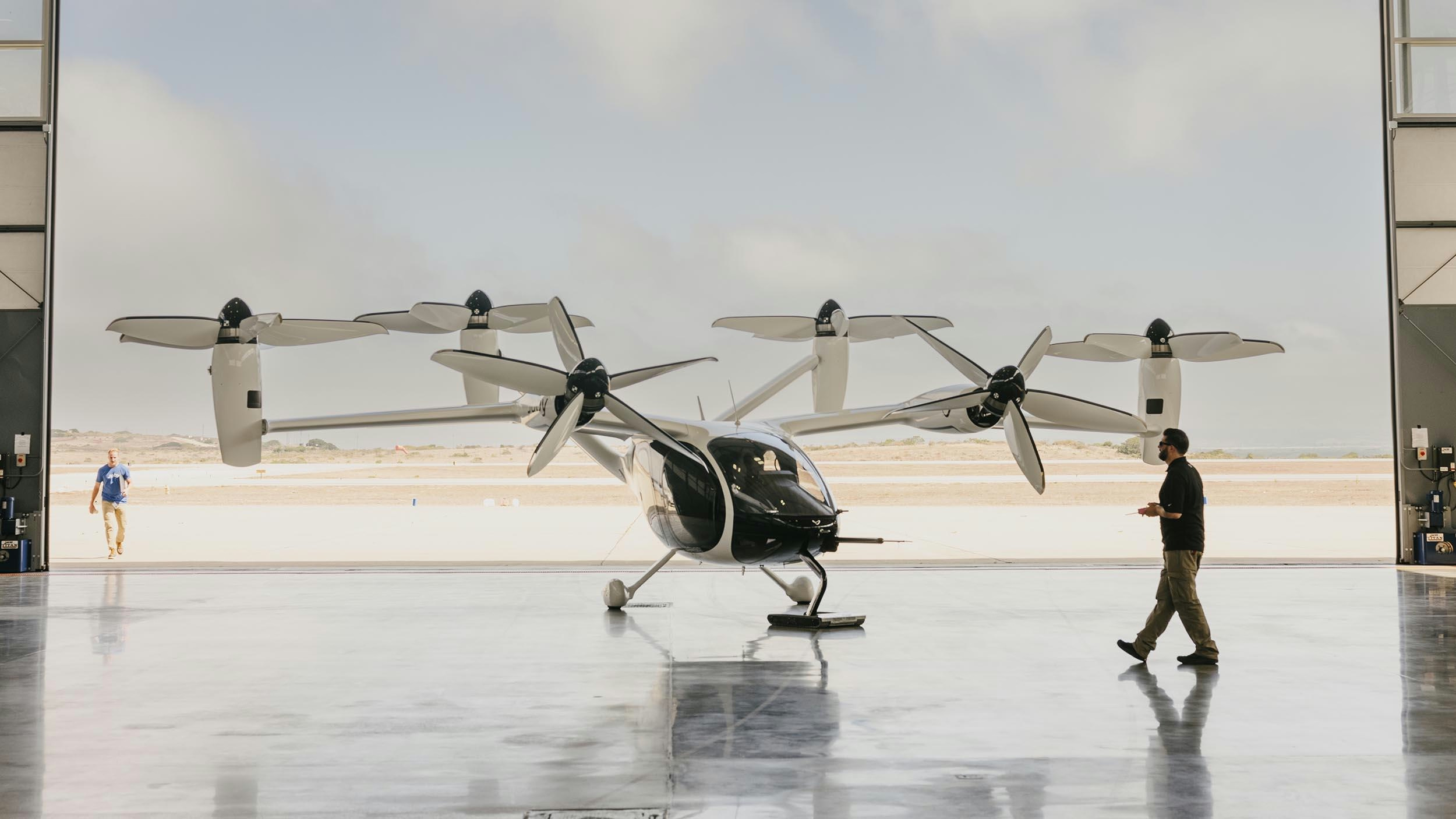
Joby Aviation’s Air Taxis Poised to Change Urban Travel and Tourism
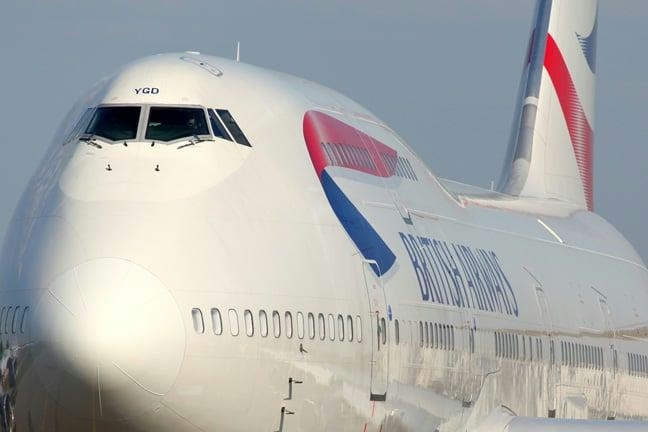
BA Chief Warns AI Agents May Diminish Brand Visibility

How GE Is Meeting Global Jet Engine Demand

IATA Projects Airline Profits of $41 Billion in 2026
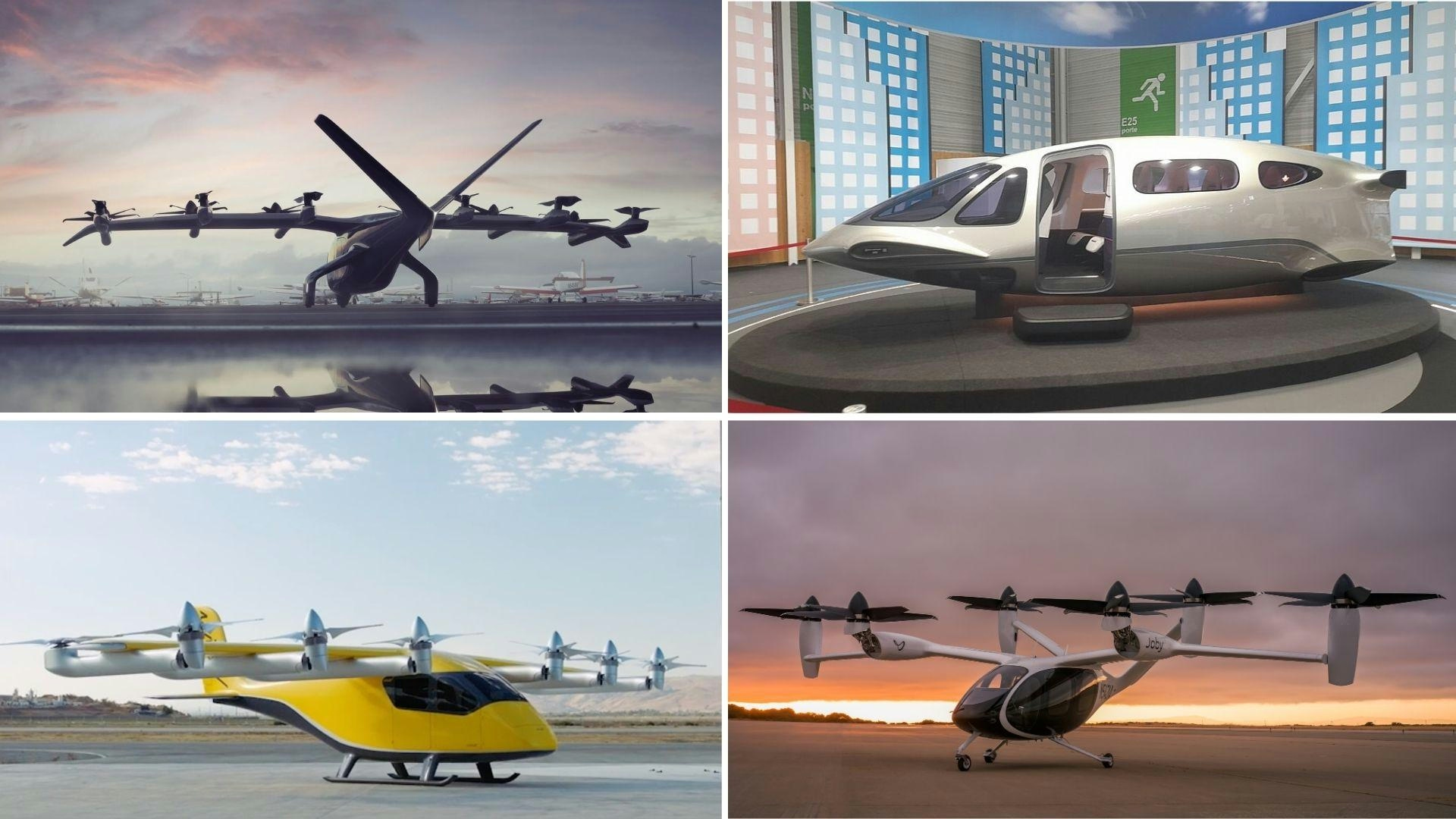
Five Air Taxis Poised to Shape Urban Mobility by 2026
